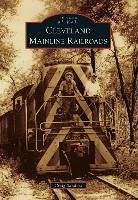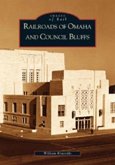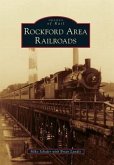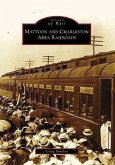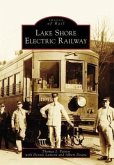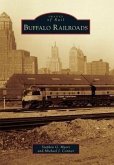In the 1800s, railroad development was instrumental in enabling Cleveland to become an industrial center. By 1920, Cleveland was the nation's fifth-largest city, with an economy dependent on the iron and steel, petroleum-refining, automotive, and chemical industries. It was second only to Detroit among American cities in the percentage of the population employed by industry. Railroads brought raw materials needed for manufacturing and carried the finished products to markets everywhere. The mainline railroads serving Cleveland included the Baltimore & Ohio, the Erie, the New York Central, the Nickel Plate Road, the Pennsylvania, and the Wheeling & Lake Erie. Images of Rail: Cleveland Mainline Railroads describes how these six railroads developed and what freight and passenger markets they served through the 1960s, a period during which railroads were the primary carriers of goods and passengers to Cleveland. Industry changed following World War II, leading to the consolidation and abandonment of railroad routes in northeast Ohio.
Hinweis: Dieser Artikel kann nur an eine deutsche Lieferadresse ausgeliefert werden.
Hinweis: Dieser Artikel kann nur an eine deutsche Lieferadresse ausgeliefert werden.

